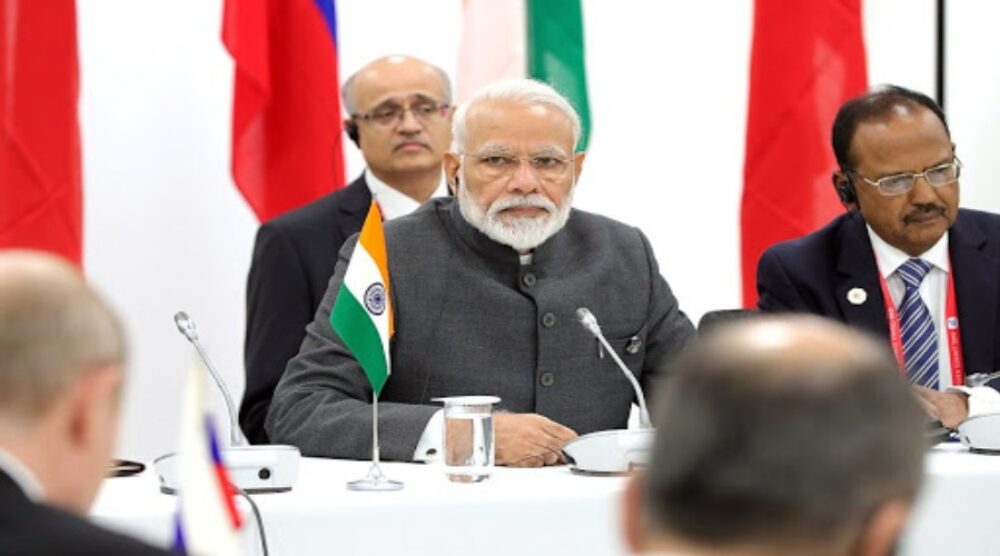IAN HALL |
SOUTHEAST QUEENSLAND: Sometime on Monday (Jun 15), an Indian army patrol skirmished with Chinese troops in the Galwan River Valley, high in the Himalayas.
According to reports, no guns were involved, but the fight left at least 20 Indian soldiers dead from injuries caused by stones, makeshift clubs, and falls down the steep cliffs of the valley.
Although standoffs and even fistfights between Chinese and Indian troops have been relatively common in recent years, there have been no deaths on the disputed border for decades.
Such confrontations are usually defused by talks between commanders on the ground, leading to choreographed disengagements.
In this case, it appears those processes have failed, and at a moment when relations between China and India – both nuclear armed states – are already tense.
ORIGINS OF THE DISPUTE
When India gained its independence in 1947, it inherited unsettled frontiers with several neighbours.
That situation was exacerbated by Chinese leader Mao Zedong’s decision to seize control of Tibet – which up to that point had been a buffer state – three years later.
More than a decade of failed negotiations to agree on a border followed, to the frustration of all. Then, in October 1962, in the midst of the Cuban Missile Crisis, Mao ordered a sudden attack on Indian forces.
Please click here to read the full “The clash with China is India’s biggest test“ article originally published at Channel News Asia written by Griffith Asia Institute, Deputy Director (Research), Professor Ian Hall








